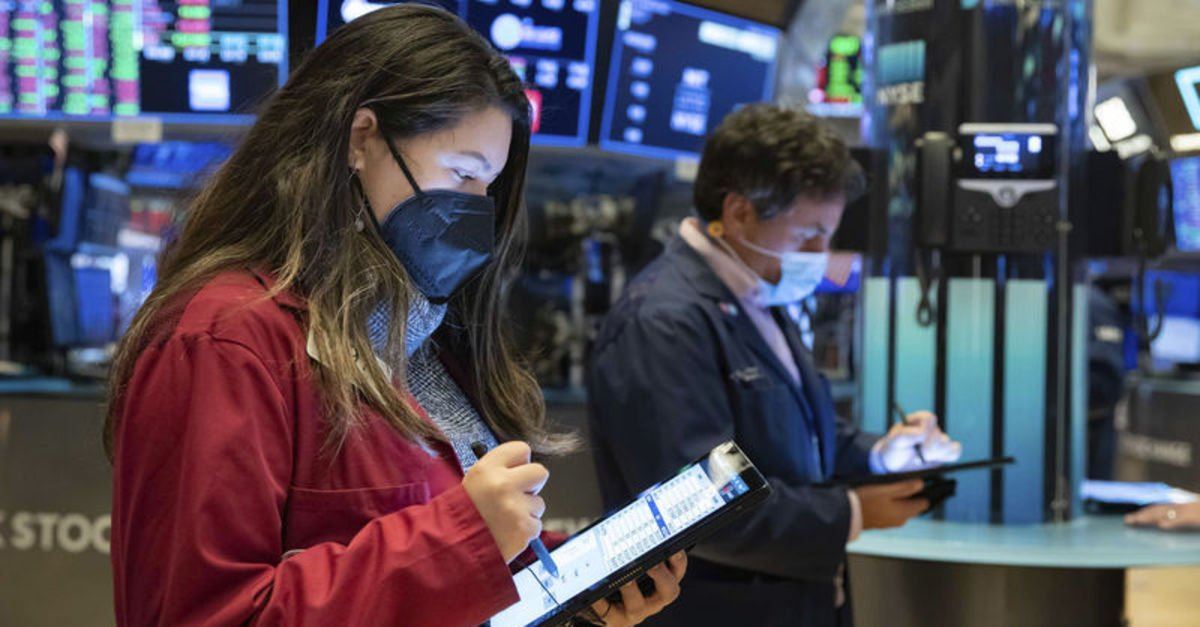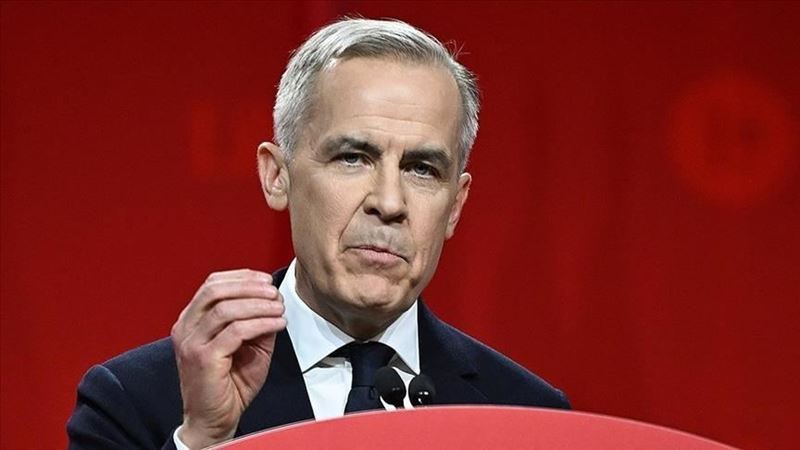Last week, the US Federal Reserve (Fed) doubled the rate of tapering monthly bond purchases to $30 billion, while pointing to at least 3 interest rate hikes for the next year. The Fed's stance, which was perceived as "hawkish" than expected, was followed by a surprise interest rate hike by the Bank of England (BoE) by 15 basis points. It was noteworthy that many developing countries, which announced their interest rate decision during the week, took a hawkish stance. In this process, the European Central Bank (ECB) and the Bank of Japan (BoJ) were on the "pigeon" side, giving the message that they would continue to support the markets due to concerns about the Omicron variant.
On the first day of the new week, the People's Bank of China (PBoC) cut interest rates for the first time since April 2020, reducing the loan interest rate, which is taken as the policy rate, by 5 basis points to 3.80 percent. The bank's move comes after it injected 1.2 trillion Chinese yuan of liquidity into the market last week through the reserve requirement step.
Analysts stated that the concerns that the rise in inflation will take longer than expected accelerated the transition process of central banks to tight monetary policies, and on the other hand, the uncertainties regarding the effects of the Omicron variant, whose spread gained momentum, on the economies remained on the agenda.
Pointing out that the announced decisions and verbal guidance clarified the expectations of investors regarding the course of monetary policies next year, analysts said that the sales deepened on the last trading day of the week in the markets that did not react to the hawkish monetary policy decisions at first. noted that his efforts will come to the fore.
While it is seen that the data agenda is calm in Europe and the country this week, the current account balance tomorrow, the third quarter growth on Wednesday and durable consumer goods orders on Thursday, weekly unemployment applications and consumer confidence index will be followed. On Friday, the markets of many countries, especially the UK, Germany and the USA, will enter the Christmas holiday.
With these developments, a sales-weighted course was followed in the New York stock market on Friday, while the Dow Jones index depreciated by 1.48 percent, the S&P 500 index by 1.03 percent and the Nasdaq index by 0.07 percent. Weekly losses were 1.94 percent in the S&P 500 index, 2.95 percent in the Nasdaq index and 1.68 percent in the Dow Jones index. The dollar index started the new week flat after closing the week at 96.7 level with an increase of 0.6 percent with the effect of its rapid rise on Friday. The 10-year bond yield of the USA, on the other hand, carried the decline that started in the second half of last week to the new week and fell below 1.37 percent to the lowest level of the last two weeks.
On the European side, in addition to the monetary policy decisions of the ECB and BoE, tightened epidemic measures, rising natural gas prices and downward revisions in growth expectations were followed. On the other hand, after the sharp decline in vehicle sales announced on Friday in November, the DAX index in Germany decreased by 0.67 percent and the CAC 40 index in France by 1.12 percent, led by the automotive sector shares, while the FTSE 100 index in the UK rose by 0.13 percent. It was noteworthy that the indices depreciated by an average of 0.6 percent on a weekly basis. The euro/dollar parity, which closed at 1.1238 last week, is watching at 1.1250 with an increase of 0.1 percent today.
Despite the PBoC's interest rate cut for the first time in 20 months in Asia, a sales-heavy trend is observed in parallel with the negative outlook in European and US index futures at the opening of the new week. Close to the closing, Shanghai composite index decreased by 0.6 percent in China, Nikkei 225 index decreased by 2.1 percent in Japan, Kospi index in South Korea decreased by 1.5 percent and Hang Seng index in Hong Kong decreased by 1.3 percent.
Analysts said that the acceleration of the tightening cycle in monetary policies in the face of Omicron concerns and rising inflation in global stock markets increased the risk perception.
Pointing out that the decline that started with domestic profit sales on Friday last week gained momentum with the triggering of stop-loss orders, analysts emphasized that investors should remain calm and not panic.
Analysts stated that the data agenda is calm today, and technically, the BIST 100 index is at the level of 2,200 as resistance and 1,975 points as support.
The data to be followed in the markets today are as follows:
10.00 Turkey, October international investment position
10.00 Turkey, November International Producer Price Index
18.00 USA, November leading indicators index









Comments
No comment yet.